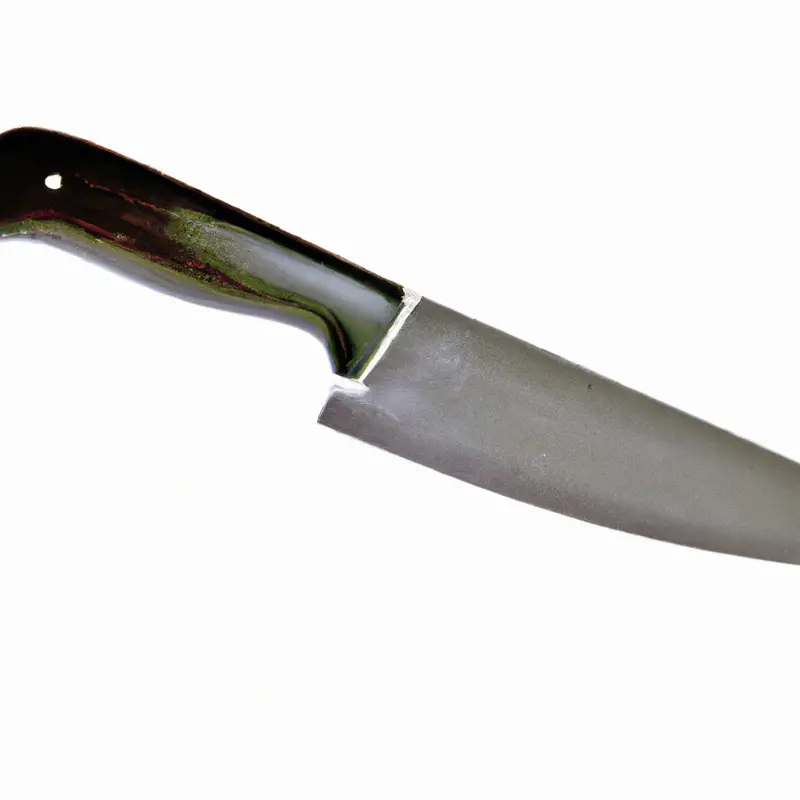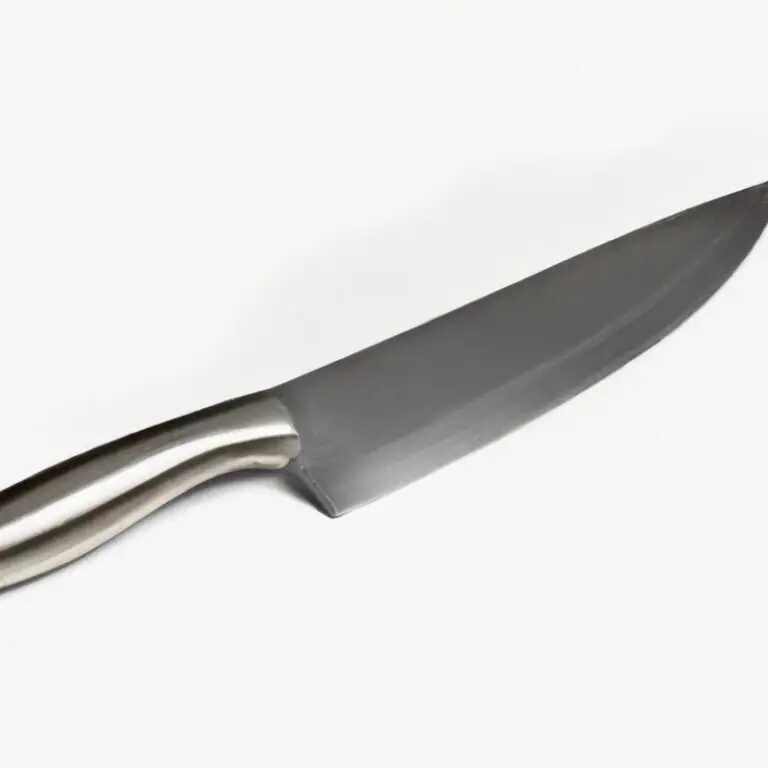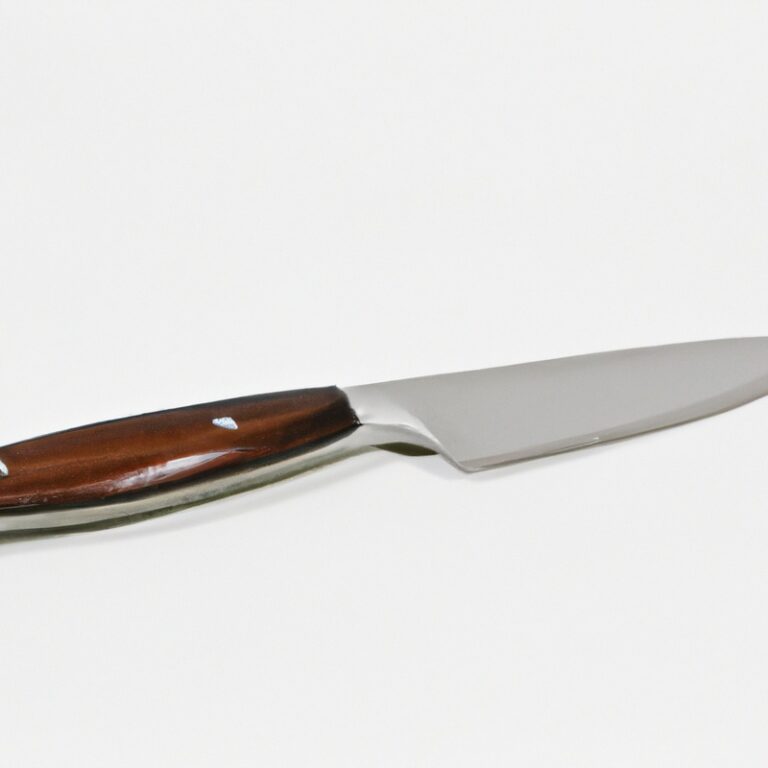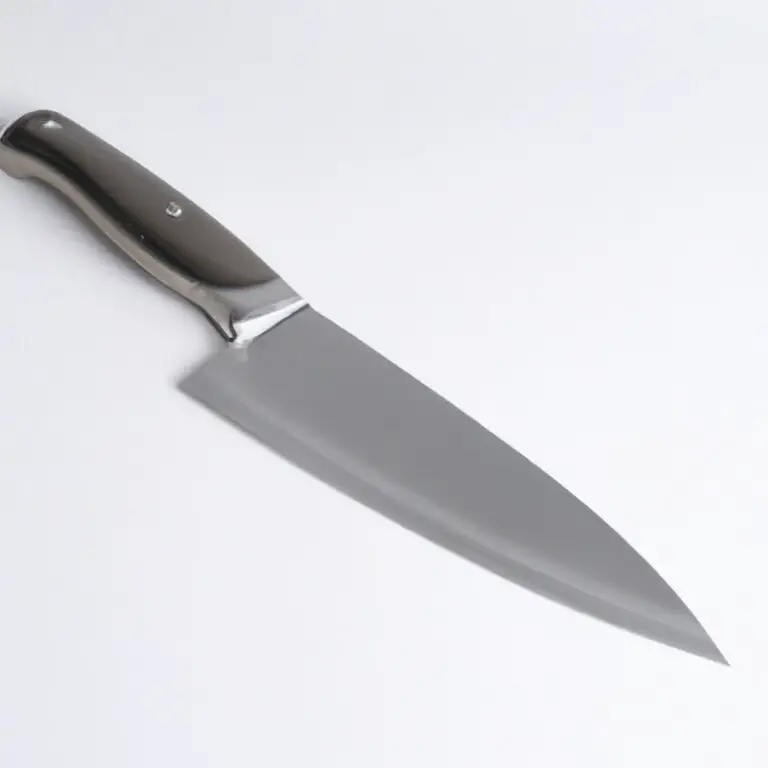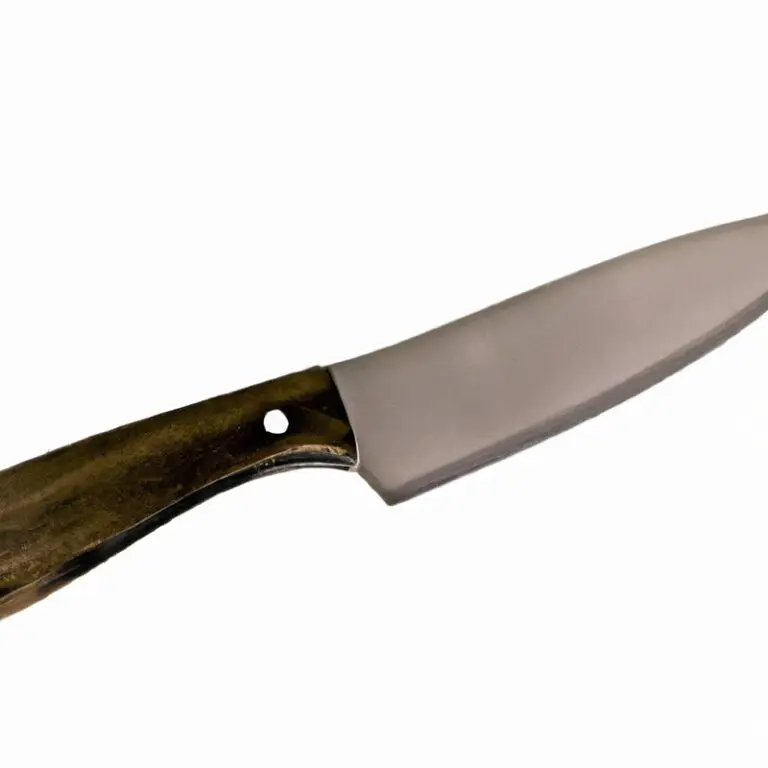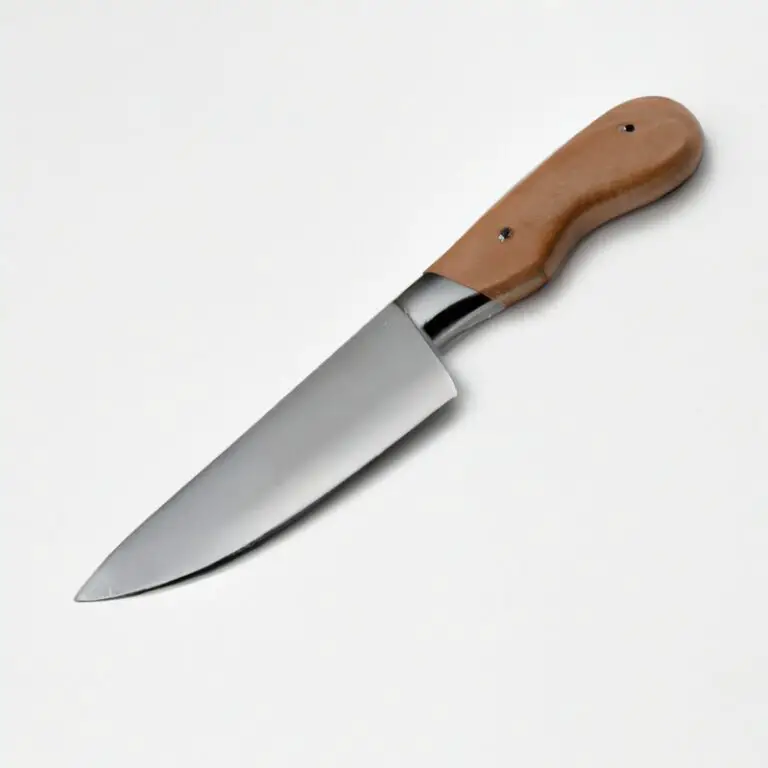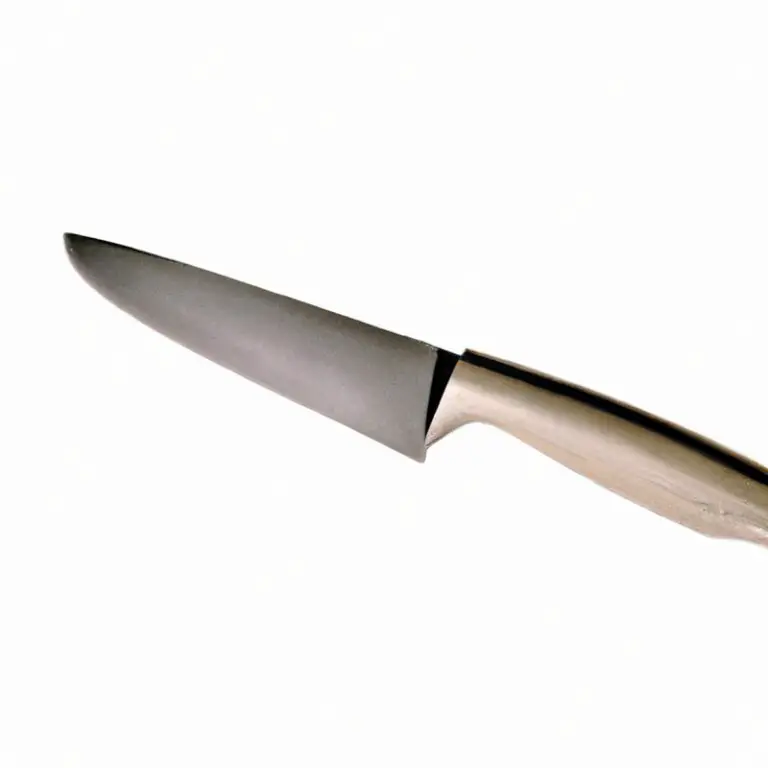How To Fillet a Carp Using a Fillet Knife? Tips
Key Takeaways:
- A sharp fillet knife is essential for filleting a carp efficiently and safely.
- Proper technique, including starting at the tail and using long, steady strokes, can ensure a clean and precise fillet.
- Removing the bones from the fillet requires patience and attention to detail.
- With practice and the right tools, filleting a carp with a fillet knife can be a rewarding and enjoyable experience.
Have you ever caught a big carp but struggled to fillet it properly? Fear not, as filleting a carp using a fillet knife is easier than you may think! With the right tools and technique, you can turn that carp into delicious fillets in no time.
In this article, I will walk you through step-by-step instructions on how to fillet a carp like a pro.
From choosing the right fillet knife to preparing the fish and cleaning up, we’ve got you covered. Get ready to impress your friends and family at your next fish fry with perfectly filleted carp fillets!
| Tools Required | Steps |
|---|---|
| Fillet knife Cutting board Tweezers Plastic bag | 1. Place the carp on the cutting board with the back facing upwards. 2. Begin by making a cut just behind the gills and along the backbone to the tail. 3. Turn the carp over and repeat the cut along the backbone from the tail to the gills. 4. With the fish back up, turn the fillet knife parallel to the backbone and run the blade against the backbone to slice the meat from the bones. 5. Repeat on the other side of the fish. 6. Use tweezers to remove any small bones in the fillet. 7. Place the fillets in a plastic bag and store in the fridge until ready to cook. |
Choosing the Right Fillet Knife
When it comes to choosing the right fillet knife for the job, there are a few things to consider. The blade should be at least 7-9 inches in length, flexible, and sharp to make precise cuts.
A rigid blade may cause the knife to slip or cut unevenly.
Stainless steel or high-carbon steel blades are the most common options. Stainless steel is more resistant to rust, while high-carbon steel stays sharper for longer periods.
Consider the handle, too.
It should provide a firm, comfortable grip, even when your hands are wet. A textured grip or non-slip material is ideal.
Choosing the right fillet knife will make your filleting process easier, faster, and safer, ensuring that you get the most meat from the carp.
Preparing the Carp for Filleting
Before filleting a carp, it is essential to prepare it properly. Firstly, the scales must be removed, which can be done using a scaler or the back of a knife blade.
Once scaled, cut off the head and tail of the fish.
Next, make a shallow incision from the base of the fish’s head to its tail along its backbone. Use the tip of your fillet knife to loosen the flesh from the bones.
Then, gently cut along the bone, keeping the blade close to it, while using your free hand to peel away the flesh.
Repeat this process on the other side of the fish to remove the second fillet. Afterward, trim the fillets by removing any remaining bones, skin, and any unwanted parts.
Finally, wash thoroughly and store in a freezer or cook the fillets immediately.
Removing the Carp’s Head and Tail
To start removing the carp’s head, place the carp on a flat surface and hold it down firmly with one hand. With the other hand, use a sharp fillet knife to make a cut behind the carp’s gills, being careful not to cut into the fish’s bones.
Then, holding the carp firmly, cut the head off with a single stroke.
To remove the carp’s tail, hold the carp’s body with one hand and use the fillet knife to make a cut across the base of the tail. Then, pull the tail away from the body, making sure to cut through any remaining flesh and bones.
Removing the carp’s head and tail can seem intimidating, but it’s an important step in filleting the fish.
It creates a clean and manageable surface on which you can make your cuts. Be sure to always use a sharp fillet knife and exercise caution when removing the head and tail.
Making the First Incisions
Making the first incisions is a crucial step in filleting a carp. Begin by placing the carp on a flat surface and securing it with a non-slip mat.
Take the fillet knife and make a shallow cut behind the fins and just below the gills.
Be careful not to cut too deep as this can damage the flesh of the carp. Next, turn the knife blade towards the head of the carp and slice along the top of the fish towards the tail, following the contour of the backbone.
Use gentle pressure to cut through the rib bones and continue to slice along the backbone until you reach the tail.
Repeat the same process on the other side of the fish, making sure to keep the knife blade as close to the bones as possible. Once you have made the first deep incisions on both sides of the carp, you can begin the process of fileting.
The first incisions will serve as a guide for further cuts as you move along the backbone.
Remember to work slowly and carefully to avoid damaging the flesh and ensure a clean cut. With practice, making the first incisions will become easier, and you will be able to filet your carp quickly and efficiently.
Finding the Carp’s Backbone
To find the carp’s backbone, locate the top of the fish’s head and run your finger along the centerline of the fish towards the tail. You will feel a bumpy ridge, which is the spine.
The carp’s backbone is important to locate because you will use it as a guide to cut along when removing the fillets.
When filleting a carp, it is important to make a clean and precise cut along the backbone to separate the fillet from the body. This will ensure that the fillet is free of bones and ready for cooking.
Use a sharp fillet knife to cut along the backbone, slowly pulling the flesh away as you cut.
Remember to be patient and take your time to avoid damaging the fillet or losing any meat in the process.
Cutting Along the Backbone
Cutting along the backbone is the most important step to fillet a carp. Use the tip of the fillet knife to make a shallow cut along the backbone from head to tail.
Keep the blade facing away from the fillet to prevent cutting into the meat.
Gradually increase the depth of the cut until the blade reaches the backbone. Using gentle, but firm pressure, guide the knife through the spine to free the fillet from the bones.
Repeat on the other side of the backbone to remove the second fillet.
To facilitate the process, you can use a flexible fillet knife that conforms to the shape of the bones. Ensure to cut the fillet as close to the bones as possible to yield the maximum amount of meat.
Removing the First Fillet
To remove the first fillet from the carp, start by making a cut behind the gills and pectoral fin towards the spine. Then, cut along the backbone towards the tail, using the knife to separate the flesh from the rib bones.
Use your free hand to pull back the fillet as you continue cutting, keeping the blade close to the bones to ensure maximum yield.
Once you reach the tail, cut through the skin to free the fillet completely. Repeat the process to remove the second fillet.
With a little practice, you’ll be able to fillet a carp quickly and efficiently.
Removing the Second Fillet
Removing the Second Fillet: Once the first fillet is removed, it’s time to remove the second fillet. To do this, turn the fish over and repeat the process on the other side.
Again, make an incision along the spine, cutting through the rib cage and down towards the tail.
Use the fillet knife to separate the flesh from the bones, pulling the fillet away as you go. Take your time and follow the contours of the fish to get the most meat possible.
Once you have removed the second fillet, you can move on to trimming the fillets and removing the skin.
Trimming the Fillets
After completing the first and second fillets, it’s time to trim them. Trimming refers to removing any remaining bones, skin, or other tissues from the fillets to ensure that they are ready for cooking.
To trim the fillets, carefully inspect them and remove any small bones using tweezers or pliers.
Next, remove the rib cage and belly bones by cutting them away using a fillet knife. Finally, trim off the fat, skin, and any remaining bones from the fillet using the fillet knife.
Take care not to cut away too much meat and only remove the elements that are inedible or unwanted.
Once the fillets have been trimmed, they are ready to be cooked.
Removing the Skin from the Fillets
Removing the skin from the fillets is an essential step in carp filleting. Using a sharp knife, cut a small slit at the edge of the fillet and hold the skin firmly with your non-dominant hand while you slide the blade along the skin.
It’s crucial to maintain a slight angle and pressure to avoid cutting through the fillet.
Repeat the process until you have removed all the skin from both fillets. Once the skin is removed, use your knife to trim any remaining bones or dark meat from the fillets.
Clean the fillets thoroughly before cooking them.
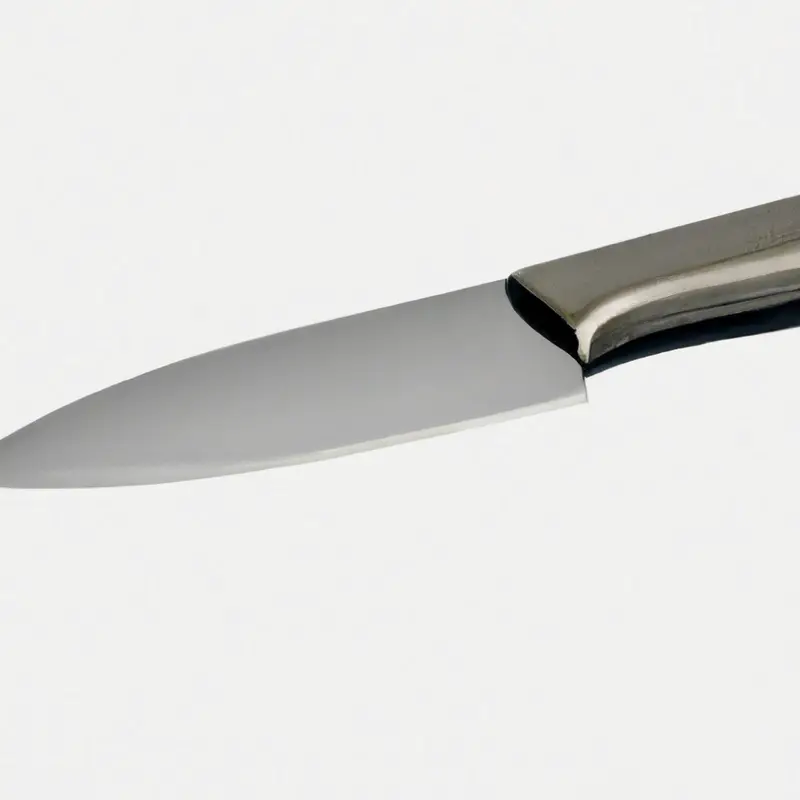
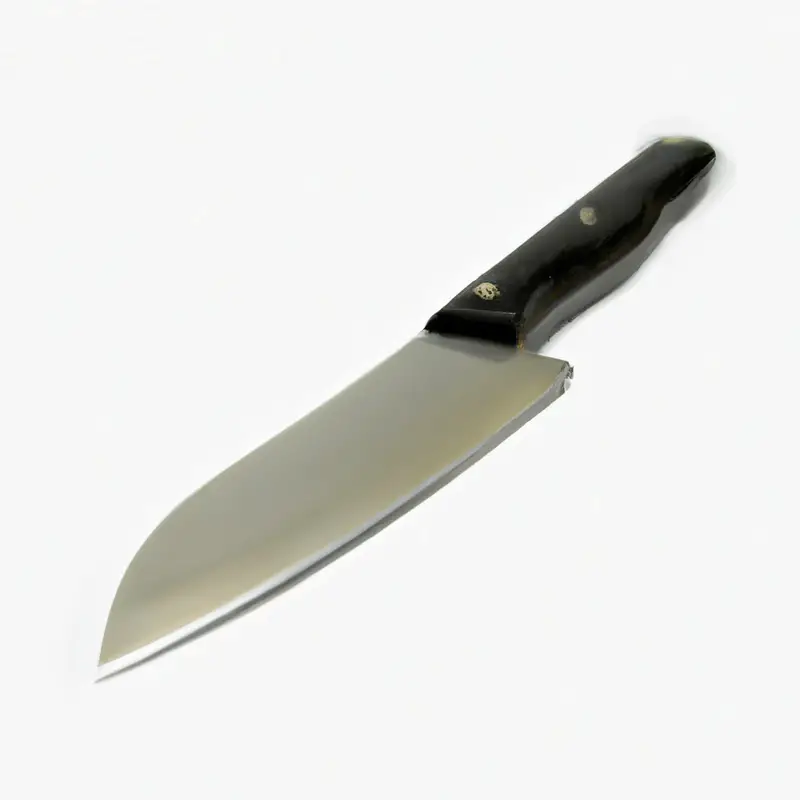
Cleaning Up and Storing the Fillet Knife
Cleaning up and storing your fillet knife is crucial to maintaining its sharpness and longevity. After filleting your carp, take the time to wash the knife thoroughly with soap and water, being careful not to cut yourself in the process.
Rinse the knife with hot water and dry it completely with a towel.
To prevent corrosion, apply a small amount of oil to the blade and store the knife in a cool, dry place. Avoid storing your fillet knife with other metal objects, as this can cause damage to the blade.
It’s also important to sharpen your fillet knife regularly to maintain its effectiveness.
You can use a sharpening stone, honing steel, or an electric knife sharpener to sharpen your knife. Follow the manufacturer’s instructions carefully, and never use a dull or damaged knife, as this can lead to injury.
By taking good care of your fillet knife, you can ensure that it stays sharp and ready for your next filleting challenge.
Using the Carp Bones for Fish Stock
Instead of throwing away the carp bones, you can use them to make a delicious fish stock. Fish stock is a versatile ingredient that can be used as a base for soups, stews, and sauces.
To make the stock, place the bones in a pot and cover them with water.
Add onions, carrots, celery, garlic, and herbs like parsley and thyme. Bring the mixture to a simmer and let it cook for at least an hour.
Strain the stock through a fine-mesh sieve and discard the solids.
Pour the stock into a container and let it cool before storing it in the refrigerator or freezer. Using the carp bones for fish stock maximizes the flavor and nutrients of the fish and reduces food waste.
Cooking the Carp Fillets
Cooking carp fillets is a simple process that can be done in a variety of ways. One popular method is pan-frying the fillets with a bit of oil and seasoning.
Simply season the fillets to your liking, heat up a pan with oil over medium-high heat, and place the fillets in the pan.
Cook for 2-3 minutes on each side until the flesh is white and flaky. Another option is to bake the fillets in the oven.
Preheat the oven to 375°F, season the fillets, and place them in a baking dish.
Add a bit of butter or oil on top of the fillets to keep them moist. Bake for 15-20 minutes or until the flesh is white and flaky.
You can also grill the fillets for a delicious smoky flavor.
Brush the fillets with oil and seasonings before placing them on a medium-high heat grill. Cook for 2-3 minutes on each side until the flesh is white and flaky.
Once the fillets are cooked, serve them with your favorite side dish and enjoy! Carp fillets can also be used in recipes like fish tacos, salads, or soups.
Final Verdict
Filleting a carp can seem intimidating, but with the right tools and techniques, it can be a rewarding experience. By following the steps outlined in this article, you’ll be able to confidently fillet a carp using a fillet knife, resulting in delicious and fresh fish for your next meal.
Remember to choose a high-quality fillet knife and practice safe handling techniques.
By utilizing the carp bones for fish stock and experimenting with different cooking methods, you can make the most out of your carp fillets. Whether you’re a seasoned fisherman or a novice cook, this guide can help you successfully fillet a carp with ease.
Trust in your abilities, follow the steps outlined in this article, and enjoy the fruits of your labor.

